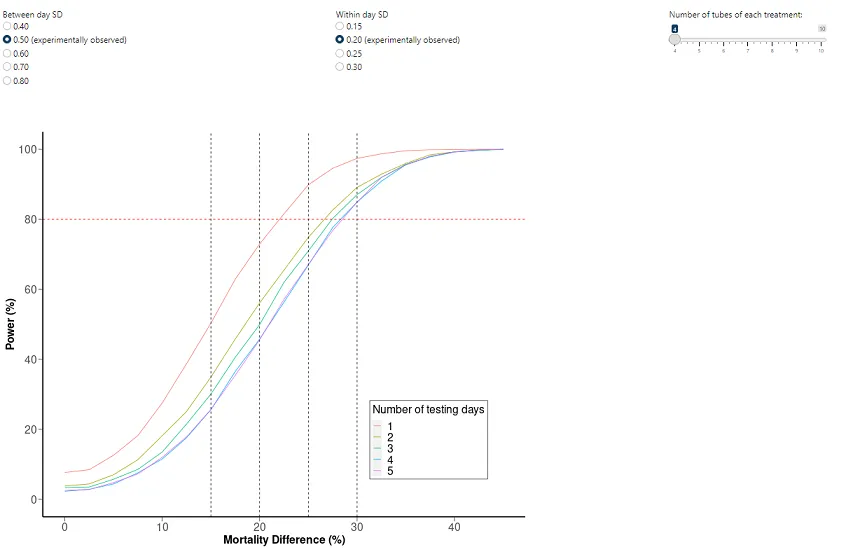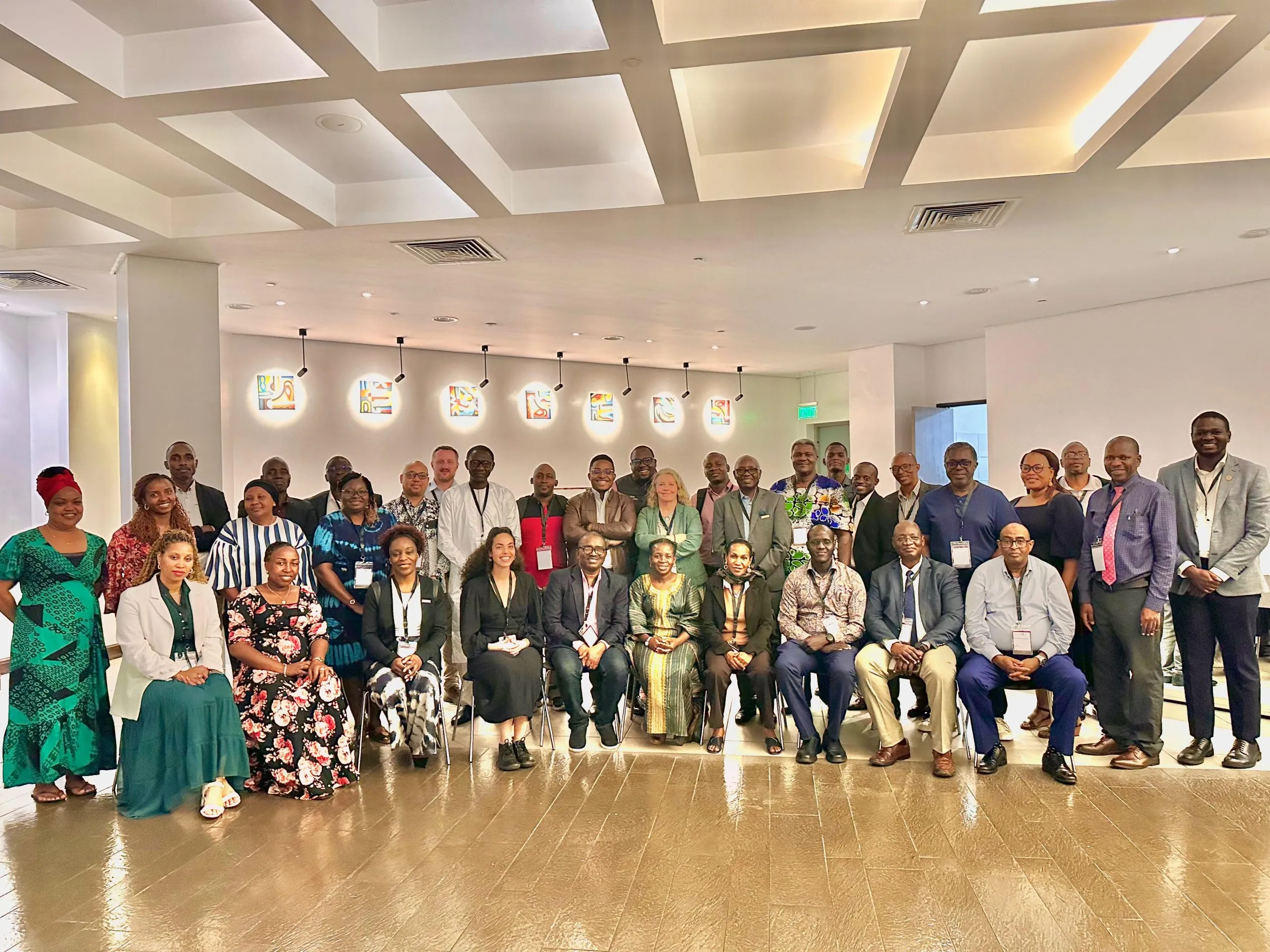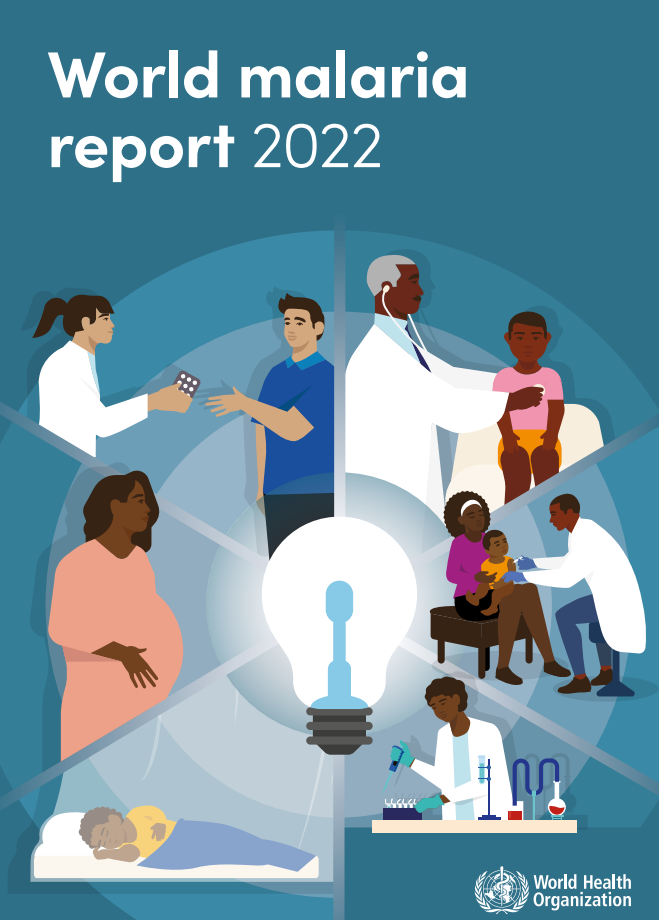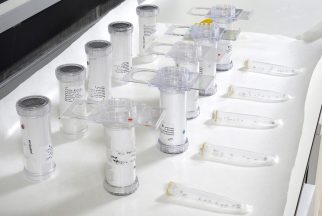All
Latest News
News Articles
New Application helps to improve performance and interpretation of synergism assays

For National Malaria Control Programmes to make effective decisions on what vector control interventions to deploy, it is essential to identify pyrethroid-resistance in mosquito populations. Currently, this is achieved by exposing field collected mosquitoes to pyrethroid insecticide in WHO Tube Assays and comparing the result with mosquitos exposed to both the pyrethroid and the synergist piperonyl butoxide (PBO). If the mortality is higher after exposure to PBO, then this is taken as evidence of pyrethroid resistance.
Bioassays with mosquitoes are inherently variable, meaning it can be challenging to tell if the difference (or lack of difference) which is observed is representative of a real biological effect or just random chance. While typically sample sizes are determined prior to a study to reliably detect a given difference, current WHO guidance fixes the sample size of PBO synergism assay to four tubes of each treatment (‘4×4’). This pre-determined sample size limits the effect size that can be reliably detected. Current guidance states that a >10% difference between groups indicates insecticide resistance with a metabolic component. However, there is a lack of clear statistical basis for what an appropriate cut-off value should be.
Frank Mechan of the I2I Methods Validation group has developed a user-friendly app for investigating the power to reliably detect PBO synergism in WHO Tube bioassays. This tool allows the user to explore how the reliability of detecting a difference in mortality between groups changes with different experimental designs (how many samples are performed and how many days they are spread over). We also include a handy tool for designing your own experiments, letting you know how many samples you will need to detect a given effect size.
This app represents a statistical framework for investigating the impact of sample size for a number of common bioassays in malaria vector control.
The app can be accessed here.




